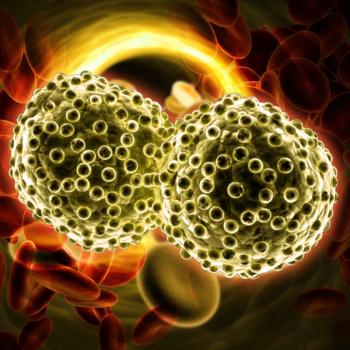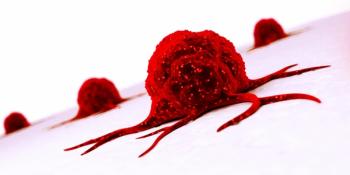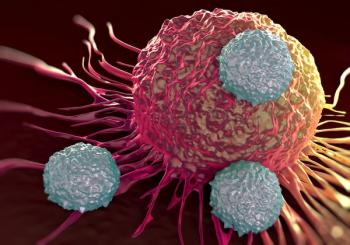
Oncology NEWS International
- Oncology NEWS International Vol 15 No 7
- Volume 15
- Issue 7
No Clinical Difference Between Epoetin and Darbepoetin
There are no clinically significant differences in the safety and efficacy of epoetin alfa (Epogen, Procrit) and darbepoetin alfa (Aranesp), the two drugs most commonly used to treat anemia in cancer patients undergoing chemotherapy or radiation treatments, according to a new report by the Agency for Healthcare Research and Quality (AHRQ). The two drugs both reduce the need for blood transfusions, but the report found no evidence that either drug improved survival when added to a cancer treatment; it warned that significant questions remain about the safety and best uses of both agents.
ROCKVILLE, MarylandThere are no clinically significant differences in the safety and efficacy of epoetin alfa (Epogen, Procrit) and darbepoetin alfa (Aranesp), the two drugs most commonly used to treat anemia in cancer patients undergoing chemotherapy or radiation treatments, according to a new report by the Agency for Healthcare Research and Quality (AHRQ). The two drugs both reduce the need for blood transfusions, but the report found no evidence that either drug improved survival when added to a cancer treatment; it warned that significant questions remain about the safety and best uses of both agents.
A primary goal of the study was to determine whether darbepoetin, a newer drug that requires fewer injections, is better than epoetin at achieving specific treatment goals. The report concluded that for some goals, such as reducing the need for transfusion, the drugs did not differ. For other goals, it remains uncertain whether the two drugs had a meaningful effect.
The review was conducted as part of AHRQ's Effective Health Care Program, which is designed to compare alternative treatments for significant health conditions and make the findings public as an aid in choosing the most effective treatments. The report's key findings included:
•Epoetin and darbepoetin proved equally effective at increasing hemoglobin concentration.
•The two drugs showed no significant difference in reducing the need for transfusions. Pooled clinical trial results showed that about 30% of patients treated with either drug had transfusions, compared with 50% of the untreated patients.
•Studies that directly compared the two drugs found no significant difference in the rates of thromboembolic events. Rates from individual trials varied widely, but pooled results showed approximately 7% of patients treated with either drug had a clotting event, compared with 4% of the untreated patients.
•Measurements of quality of life tended to favor either drug but the selection of measures and reporting of results were inconsistent.
•The data available suggest that neither epoetin nor darbepoetin improves solid tumor response to chemotherapy or radiation therapy. One study found erythropoietic stimulants might decrease survival while another suggested the two drugs might accelerate progression of some tumors. "However, both of these findings remain uncertain," the report said.
The literature review also sought to determine the most effective use of the drugs, including the appropriate target hemoglobin level, patient characteristics that would predict responses to treatment, points for initiating and discontinuing treatment, optimum dosing strategies, and the duration of treatment. "In general, the data are insufficient to answer these questions," AHRQ said.
The report listed other significant research gaps that will require more research to close. These gaps included more data delineating the drugs' effects on survival, tumor progression, and the risk of adverse events when epoetin and darbepoetin are administered as currently recommended. Moreover, additional research is needed to determine whether small improvements in quality-of-life scores actually translate into noticeable improvements for patients.
Articles in this issue
over 19 years ago
High-Quality Screening Colonoscopy Priority for GI Docsover 19 years ago
Genentech Seeks Expanded Use of Avastin in Breast Cancerover 19 years ago
Denosumab Suppresses Bone Resorption in Breast Ca Metsover 19 years ago
FDA Approves Priority Review of Merck's Zolinza (Vorinostat)over 19 years ago
FDA Approves Revlimid for Myeloma Rxover 19 years ago
Real-Time RT Planning, Delivery in the Bronxover 19 years ago
Phase III Trial of Enzastaurin for NHL Patients Initiatedover 19 years ago
Racial Disparities in Prostate Ca RecurrenceNewsletter
Stay up to date on recent advances in the multidisciplinary approach to cancer.
































































































